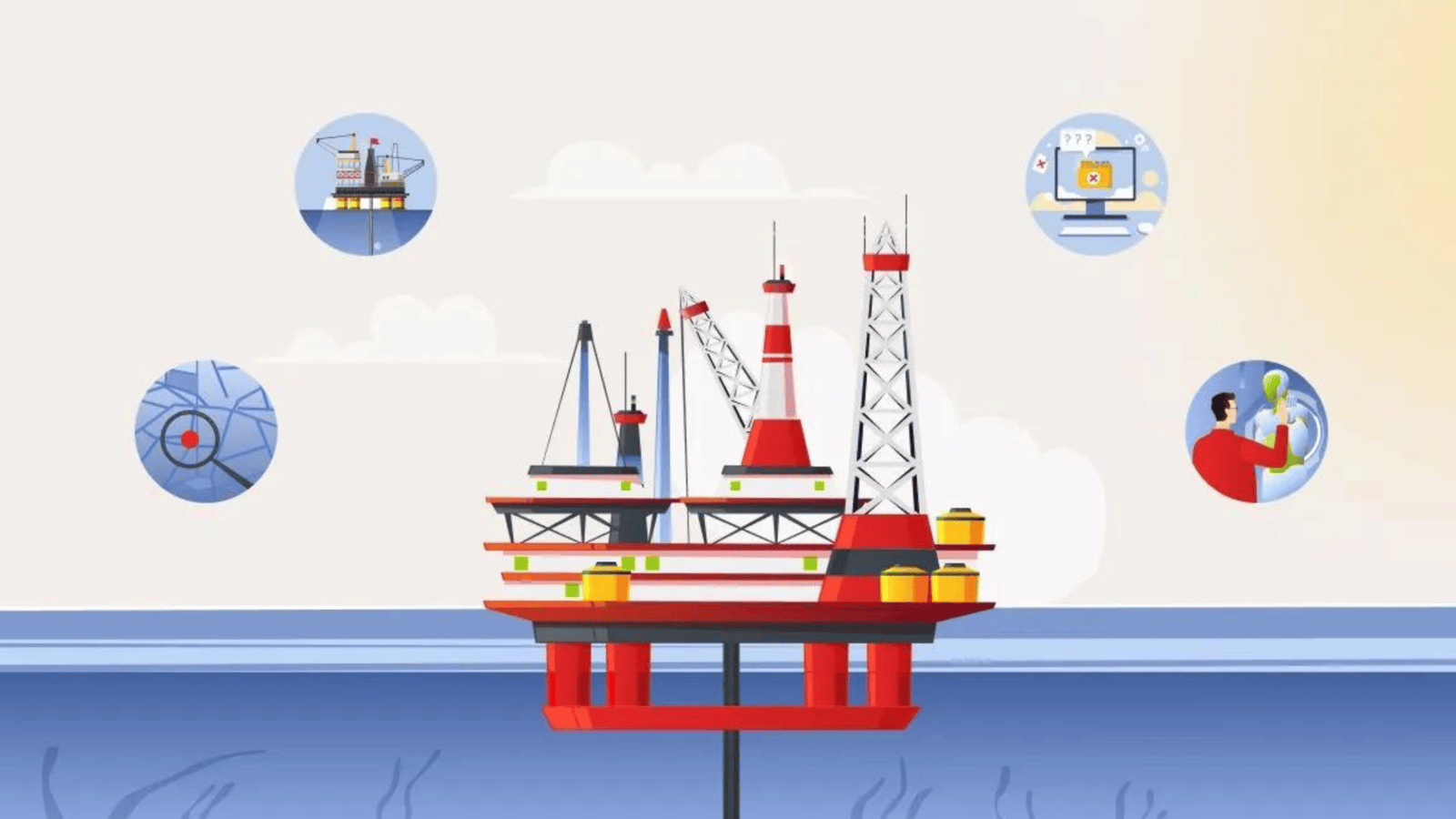
The oil and gas sector has been, for quite a while, part of the most instrumental industries in the global energy supply. With increasing price volatility and strict environmental regulations, it is now moving into turbulent times. Artificial intelligence and advanced technology integration are, therefore, really the game-changing element one looks through amidst these complexities facing the industry. The future of AI and technology linked to quality control in oil and gas firms seems to be a game-changer for efficiency, safety, and sustainability, changing the way companies work and maintain standards.
Improving Predictive Maintenance
Probably one of the most influential advances AI can bring to the oil and gas sector is predictive maintenance. Traditional techniques for maintenance, in most cases, are oriented either to scheduled checks or to repair after failure, which mostly mean unscheduled downtime and very expensive failures of equipment and plants. AI-driven predictive maintenance applies machine learning algorithms that analyse data from sensors embedded in equipment to understand when an item needs attention. It can predict potential failures way ahead of their time by recognizing the patterns and anomalies, hence giving room for the performance of timely maintenance that minimizes such risks of unexpected breakdowns.
For instance, AI can track in real-time the health of drilling equipment, pipelines, and pumps, alerting operators to any deviation from normal operating conditions. This proactive action not only reduces unwanted downtime but also prolongs the life cycle of key assets, saving on costs and improving operational efficiency.
Inspection Process Improvement
Inspection Process Improvement
Quality control within the oil and gas industry has always been based on strenuous inspection processes. These inspection processes, in general, have always been labour and time-intensive, necessitating manual examination by human inspectors. AI and robotics are again transforming this field of activity with the help of automation of inspections and making them more accurate.
Inspect drones, fitted with high-resolution cameras and AI-based image recognition algorithms, can be deployed over pipelines, offshore platforms, and storage tanks. The drones could reach highly inaccessible areas, capturing detailed images that would be analyzed by AI systems to detect cracks, corrosion, and other defects. This technology does not only help in speeding up the inspection process but also reduces the risk to human inspectors and enhances the precision of defect detection.
Improving Data Management and Analysis
Improving Data Management and Analysis
The oil and gas industry is one of the largest generators of huge volumes of data from various sources, such as sensors, drilling logs, and production reports. Managing and analysing this data manually can be overwhelming and prone to errors. AI and advanced data analytics are revolutionizing data management by making available sophisticated tools that efficiently process and interpret large datasets.
AI algorithms can therefore support decision-making through canvassing historical and real-time data to identify trends that will optimize the production process. For instance, AI may also optimize drilling operations by reading through geological data to predict the most productive drilling sites. More importantly, it can enhance reservoir management by modelling reservoir behaviour and subsequently estimating the production rates so that withdrawal of resource becomes more efficient.
Ensuring Compliance and Safety

The oil and gas industry represents the highest level of compliance with environmental and safety legislation. AI and technology are contributing a great deal to companies working within these standards while, at the same time, contributing less to environmental impact. In-built monitoring systems by AI can monitor emissions, identify leaks, and assure continuous adherence to the regulatory limits of operation.
Second, the AI will enhance safety by predicting hazardous situations in real-time with alerts. For example, it can analyze data from the sensors on an offshore platform for gas leakage or structural weaknesses and raise an alert to act immediately. This proactive approach toward safety will not only ensure that workers and the environment are safe but also save companies from huge fines and reputational damage.
Facilitating Remote Operations
Facilitating Remote Operations
AI and advanced technology have made remote operations easier to adopt in the oil and gas industry. In this regard, AI is powering remote monitoring and control systems through which operators can oversee and manage their operations from a distance. This is immense value, especially in the offshore and other remote locations where access may be challenging and very expensive.
Remote operations reduce on-site manning, thus decreasing risk exposure for workers while reducing operational costs. AI-driven analytics will deliver real-time operational performance insights for quick decision-making and fault finding at all levels. This sort of control and monitoring from a distance has the potential to change the nature of how this industry works, being more nimble and responsive to varying conditions.
Driving Sustainability
Driving Sustainability
The oil and gas industries are fast becoming focused on sustainability. AI and technology make operations more sustainable through resource optimization and minimizing generated wastes. For instance, Artificial Intelligence may optimize drilling and production processes to use less energy and reduce emissions. Besides, AI can power predictive analytics that raise the efficiency of integrating renewable energy—like wind and solar power—into their operations.
Moreover, AI can contribute to the discovery of new green technologies and processes. For example, it can quicken research into CCS technologies by analysing large amounts of data to find out how carbon dioxide can be captured and stored most effectively.
Challenges and Future Directions
Challenges and Future Directions
While AI and technology integration in the oil and gas quality control process is advantageous on many fronts, it also has some challenges. On a large scale, one of the major challenges could be an huge investment in technology infrastructure and workforce training. Huge investments have to be incurred by firms in advanced sensors, AI systems, and data analytics platforms, while at the same time training their employees regarding how to effectively use the technology.
Another important aspect has to do with data security. Enormous extents of information created and analyzed by AI systems need to be secured against any cyber threat. Robust measures towards maintaining cybersecurity ensure integrity in terms of sensitive information and operational integrity.
The use of AI and technology in the future of oil and gas quality control will probably still be dominated by further machine learning improvements, automation, and data analytics. New AI algorithms will allow for enhanced predictive capabilities, better defect detection, and improved operational efficiency. Moreover, the integration of AI with emerging technologies such as IoT and blockchain will bring another wave of changes to the industry, guaranteeing more transparency, traceability, and collaboration.
Conclusion
Conclusion
The future of AI and technology in oil and gas quality control becomes bright enough to revolutionize this industry. It would drive efficiency, safety, and sustainability through predictive maintenance, advanced inspection processes, and remote operations. The more integrated and matured these innovations are within the industry, the better it will be positioned to mitigate challenges, meet regulatory requirements, and ensure the very best standards of quality control. At the same time, the journey to a smarter, more efficient, and more sustainable oil and gas sector has just started, and AI is undoubtedly going to play a very key role in shaping its future.




